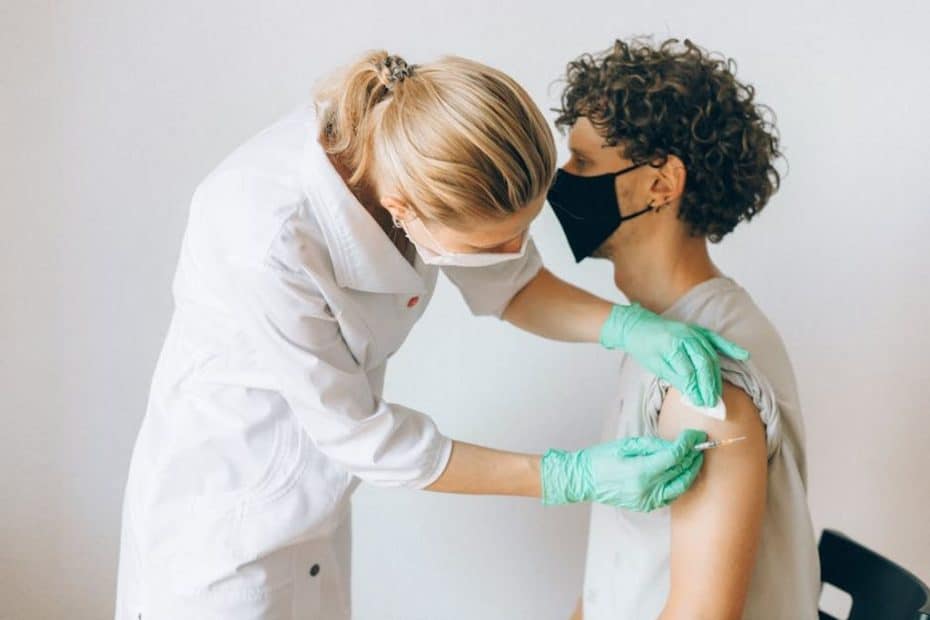Fear of needles and injections is a common phenomenon that affects the lives of millions of people around the world. While many feel some discomfort when receiving an injection or blood test, for some people the fear is so intense that it prevents them from receiving essential medical care. This phobia, also known as ichomaphobia, poses a significant challenge for both patients and the medical teams treating them.
Difference Between Fear and Needle Phobia
It is important to understand that there is a significant difference between a normal fear of needles and a phobia. Fear of needles is a natural and normal reaction, especially when it comes to a large needle that penetrates the skin. In contrast, needle phobia is an anxiety disorder that manifests itself in more extreme symptoms. People with a phobia may experience anxiety just at the thought of a needle, or pass Panic attack When in contact with a needle.
Characteristics and prevalence of the phobia
Needle phobia affects about 10% of the population in a moderate to severe way. It usually begins in childhood, but can also develop in adolescence or adulthood. It affects a wide range of people, including medical professionals. Fear can arise not only when encountering a needle, but also when thinking about an injection or even seeing an image of a needle.
Causes of the development of the phobia
The phobia can develop due to a number of factors:
- Previous negative experience with needles
- Learning by observing the reactions of others
- Genetic predisposition to develop phobias
- Negative thought patterns, such as:
- Expectation of extreme pain
- Fear of complications
- Fear of fainting itself
Symptoms and effects
Symptoms include:
- Physical reactions: rapid heartbeat, tremors, shortness of breath, sweating, nausea, fainting
- Mental reactions: acute anxiety, panic attacks
- Avoidance Behavior: Avoiding Essential Medical Treatments
The Unique Fainting Mechanism
Unlike other phobias, needle phobia is characterized by a unique physiological response of fainting, which occurs in about half of those who suffer. The process takes place in two stages:
- Step 1: Increased blood pressure and heart rate in anticipation of the injection
- Stage 2: Sudden drop in blood pressure and heart rate upon contact with the needle
When is it recommended to seek help?
Consider seeking professional help in the following cases:
- Impaired quality of life – persistent anxiety and insomnia in anticipation of a medical visit
- Avoiding essential treatments – such as blood tests or vaccinations
- Avoiding routine medical visits
- Severe physical reactions such as repeated fainting
Coping and Treatment Methods
Complete avoidance or regular use of protective measures (such as anesthetic ointments) can preserve fear, as they prevent the person from developing effective coping skills and testing the correctness of their fears. The recommended way is to work gradually with a professional to deal with the fear in a safe and controlled manner.
Techniques for independent and immediate application:
- Arrive with a supportive escort
- Distraction through thoughts, images, or video
- Avoiding Watching the Proceedings
- Use of breathing and relaxation techniques
- Lying down in case of a tendency to faint
- Relaxation of the muscles at the injection site
Professional Care:
CBT for Changing Thinking Patterns and Developing Coping Tools :
As part of CBT therapy, a personalized program is built that includes identifying the source of the fear, changing irrational thought patterns, and gradually exposing the factors that trigger anxiety.
The cognitive part of CBT Focuses on identifying and replacing negative and distorted thoughts, such as "I always faint from injections", with more realistic and balanced perceptions. The behavioral part includes gradual and controlled exposure, which begins with viewing pictures of needles, continues with videos of injections, and then deals directly with the situation itself.
During therapy, tools for emotional regulation and the reduction of anxiety reactions are learned, such as deep breathing, relaxation techniques, and the use of calming sentences. This process allows those who suffer from the phobia to develop a sense of control and gradually reduce their anxiety, until they can cope with needles in a calmer and safer way.
Gradual exposure therapy – gradual exposure to needles, from photos to controlled contact:
Exposure therapy is a treatment method used to deal with fears and anxieties. The treatment is based on gradual and controlled exposure to the source of the fear, while creating a safe environment in which it is possible to learn to cope with anxiety instead of avoiding it. The exposure is carried out in stages – first in imagination or through images, and later in reality, according to the patient's pace of progress.
During the process, the patient acquires tools for emotional regulation, such as breathing and relaxation techniques, thus reducing the anxiety response. Over time, the repeated exposure weakens the fear and allows for effective adaptation to situations that previously triggered anxiety.


